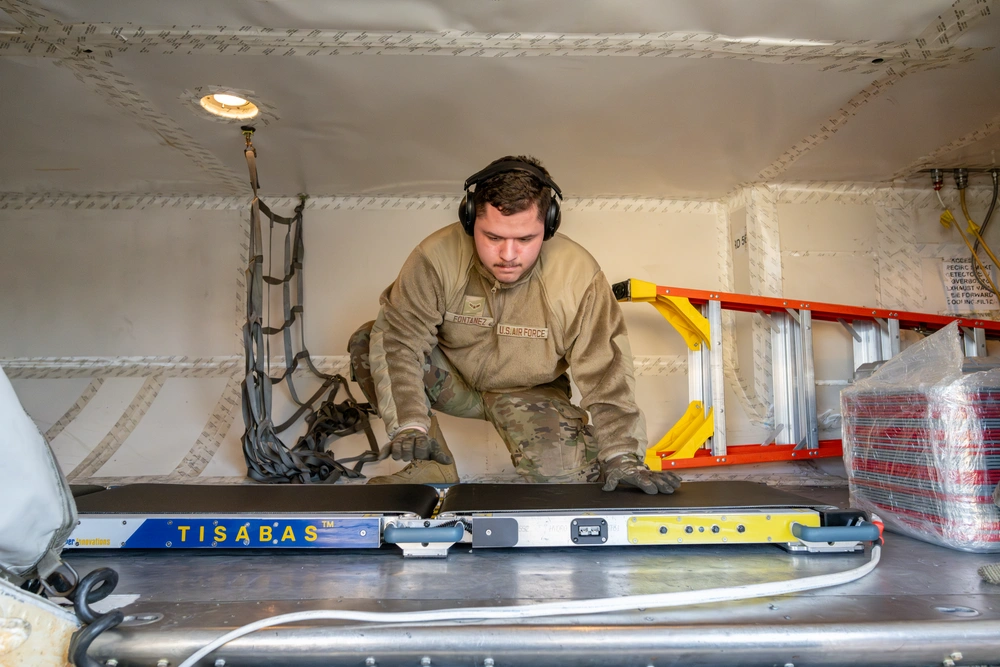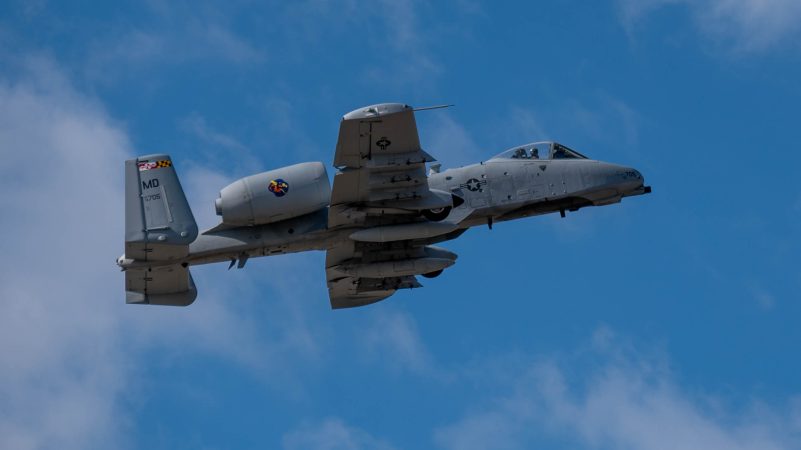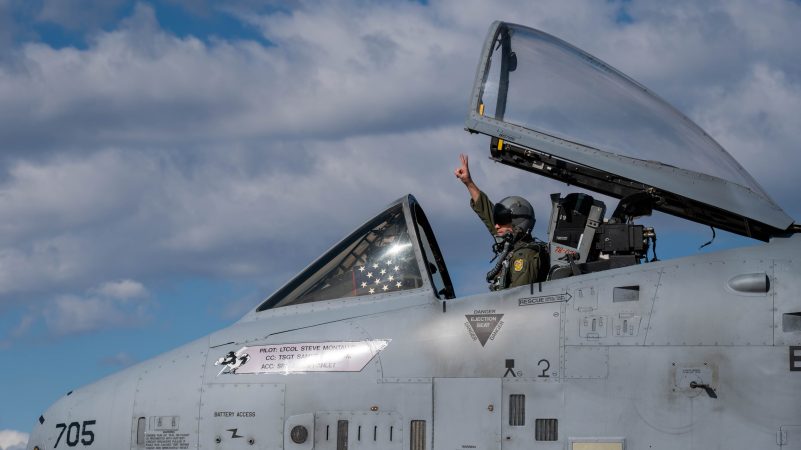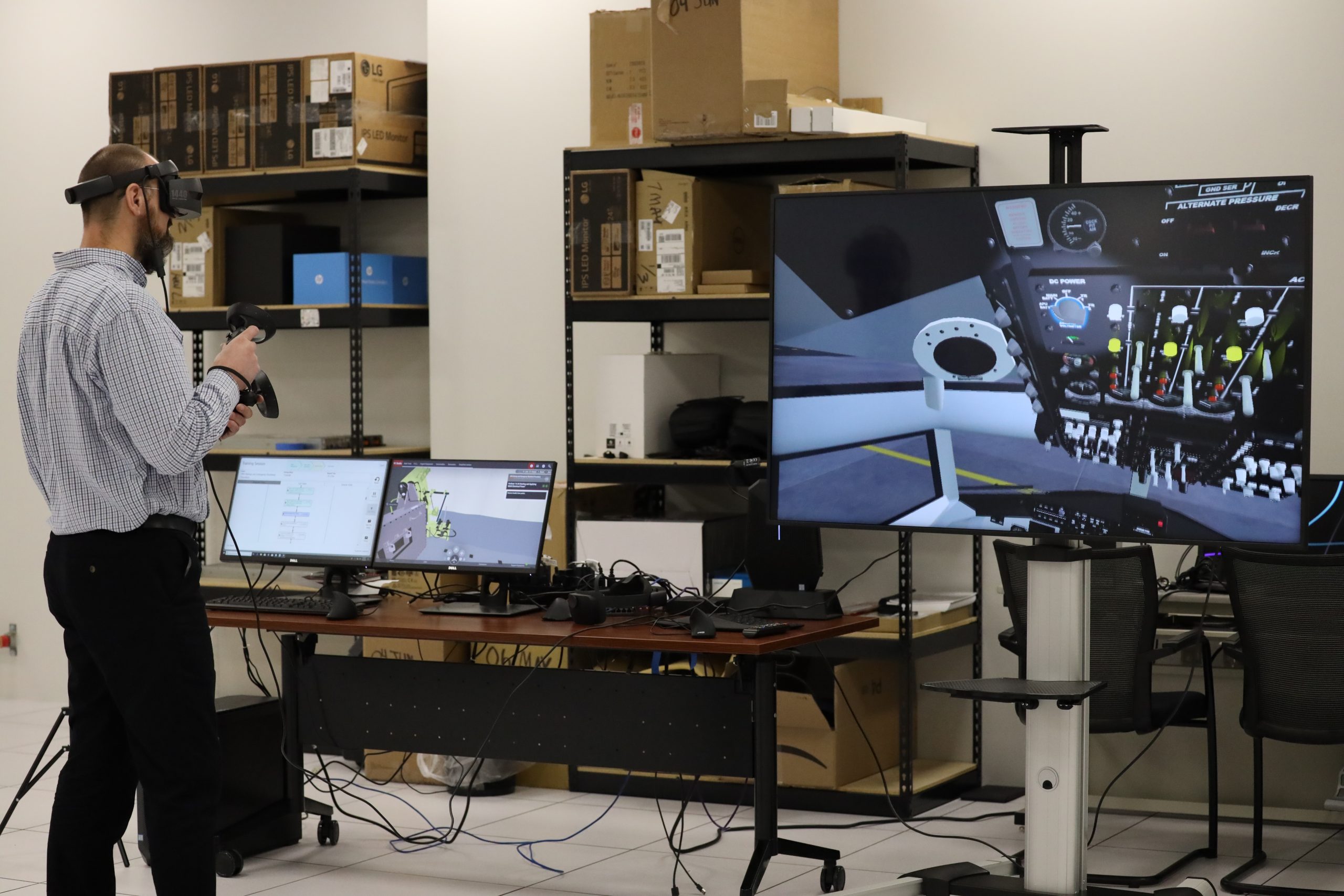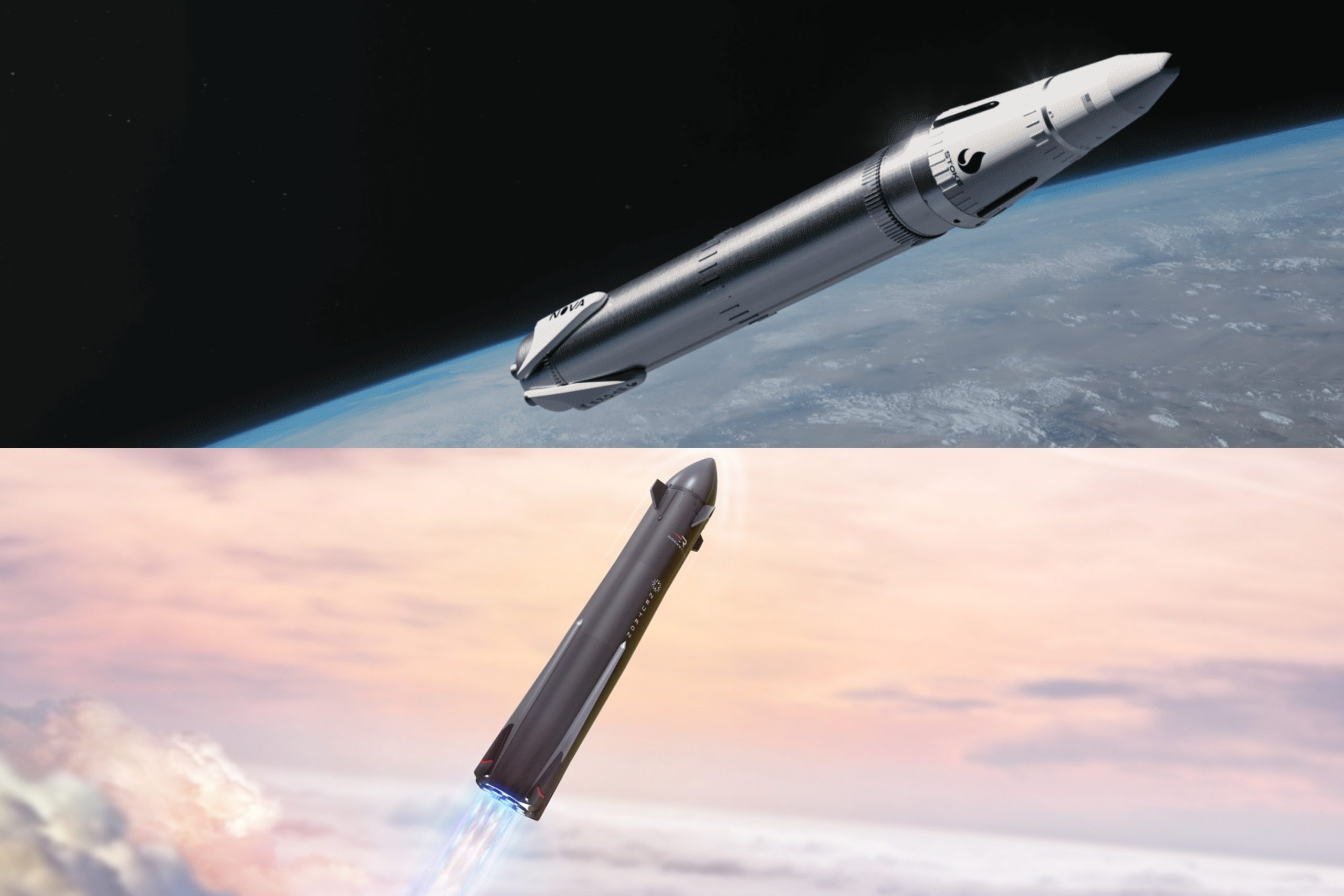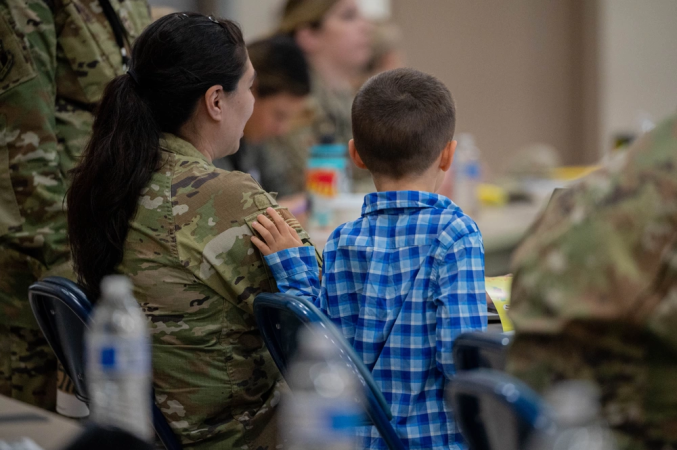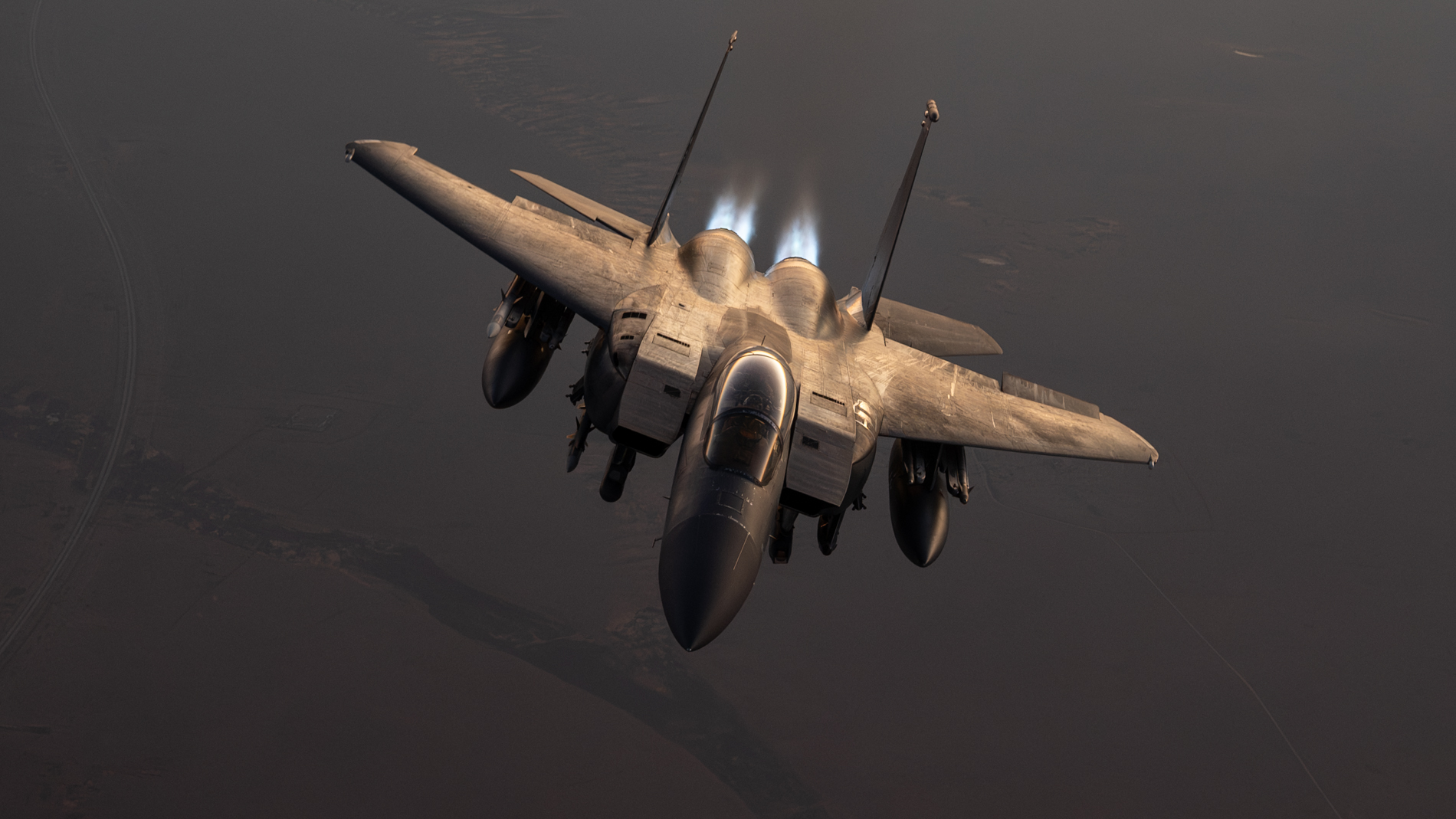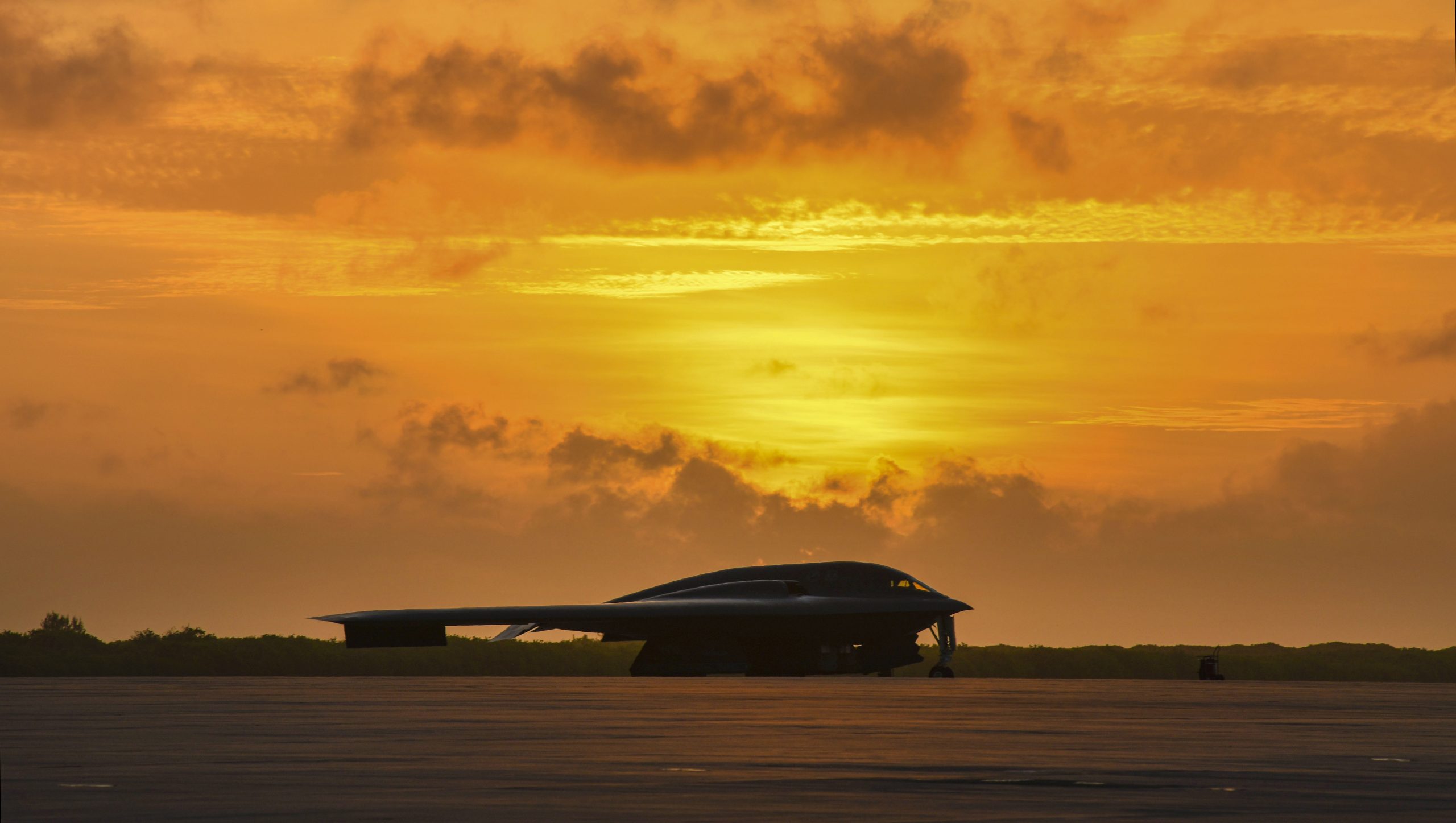Aerial porters at Travis Air Force Base, Calif., are trying a new technology meant to reduce strain and injury risk for “port dawgs,” the Airmen who balance math, physics, technique, and elbow grease to move heavy cargo and passengers on and off aircraft, often under difficult conditions and tight deadlines.
The 60th Aerial Port Squadron bought a collapsable conveyor belt that can unfold in the cargo hold of an aircraft. Airmen use a belt loader similar to those used by commercial airport ramp agents to get cargo into a narrow-body aircraft, and then the collapsable belt helps them move it to the proper spot in the hold.
The belt is called TISABAS, short for Tim Saves Backs.
“It operates like an accordion, folding out as you need it and folding back up when you’re done,” Tim Fulton, CEO and founder of Ramper Innovations, which produces TISABAS, said in a Travis Air Force Base press release.
“It keeps everything flowing with less effort,” he added.
TISABAS is the latest technology meant to take some of the load off aerial porters’ shoulders, backs, hips, and knees. In 2021 and 2022, some Airmen tested out a pneumatically-powered exoskeleton to boost leg strength and reduce fatigue. Two port dawgs moved a pallet weighing about 3,500 pounds, which usually takes four or five people to move.
“I can definitely tell a difference; there’s a lot less pressure on my knees and I can feel the assist this system gives,” one of the porters, Chief Master Sgt. Sean Storms, said in a press release at the time.
The idea is that technology can help porters move more cargo faster, get hurt less, and therefore have longer careers and less pain in retirement. The same goes for TISABAS.
“When I started this project, my goal was simple,” Fulton said. “I wanted to create something that would save people’s backs and make their jobs safer and more efficient.”
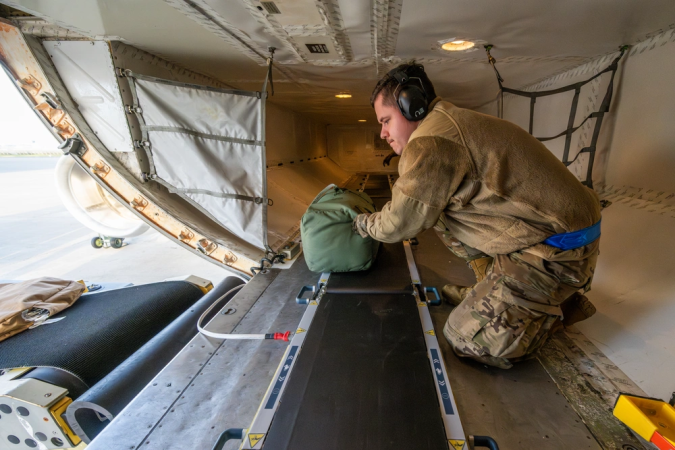
Ramper Innovations sells TISABAS as a stronger, more reliable belly-loading machine for cramped narrow-body aircraft cargo holds than what current equipment provides.
Air Force aerial porters often work in large C-17 and C-130 transports with ramps that load into more spacious cargo holds. But a Travis Airman said TISABAS would come in handy.
“Before this system, loading bags meant Airmen were constantly bending down in tight spaces and manually hauling up to 70-pound bags back and forth across the aircraft,” Staff Sgt. Robert J. Thompson, 60th APS fleet operations supervisor, said in the release.
“In the summer months, that confined space gets extremely hot, and we have to rotate Airmen out frequently to avoid heat exhaustion. With TISABAS, we’re skipping those steps, moving bags faster and safer,” he added. “I estimate it triples our loading speed, which tightens our aircraft downtime windows and keeps missions moving.”
